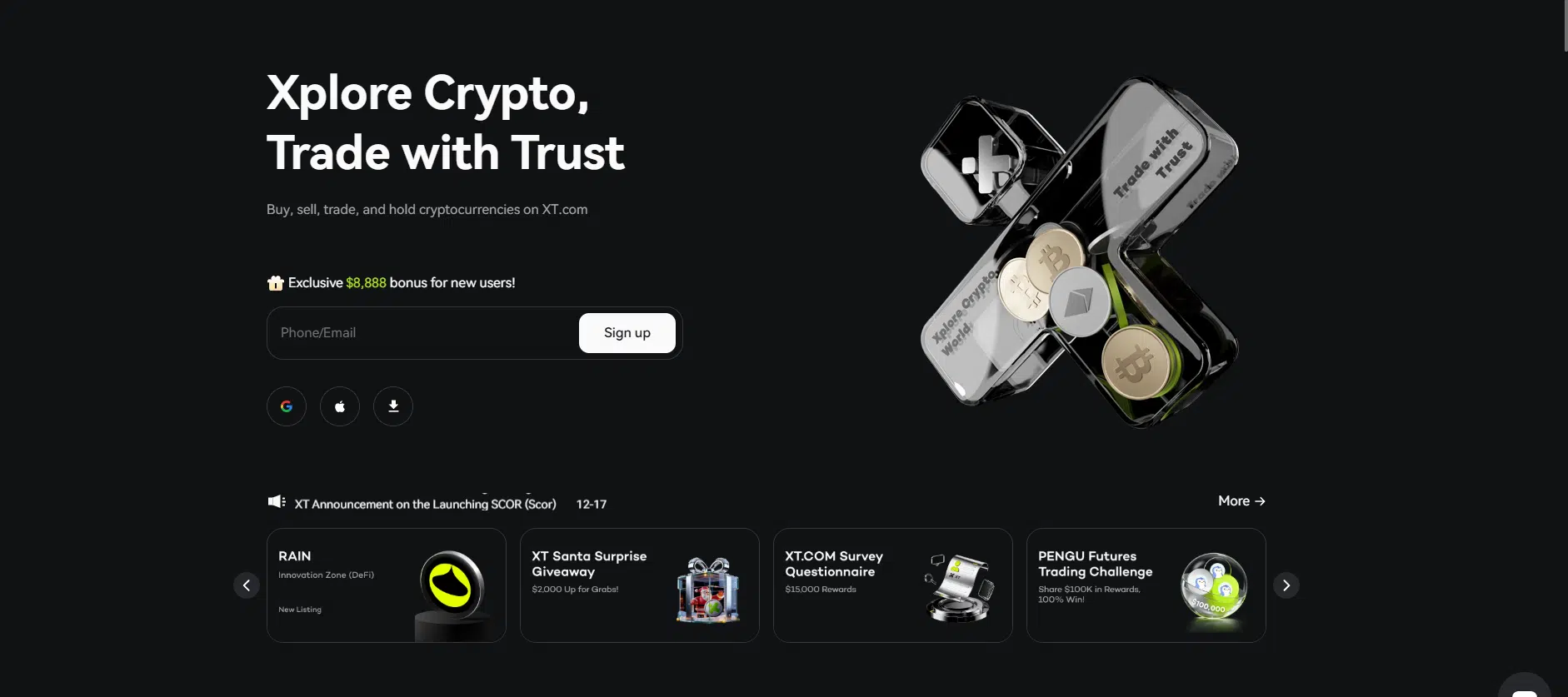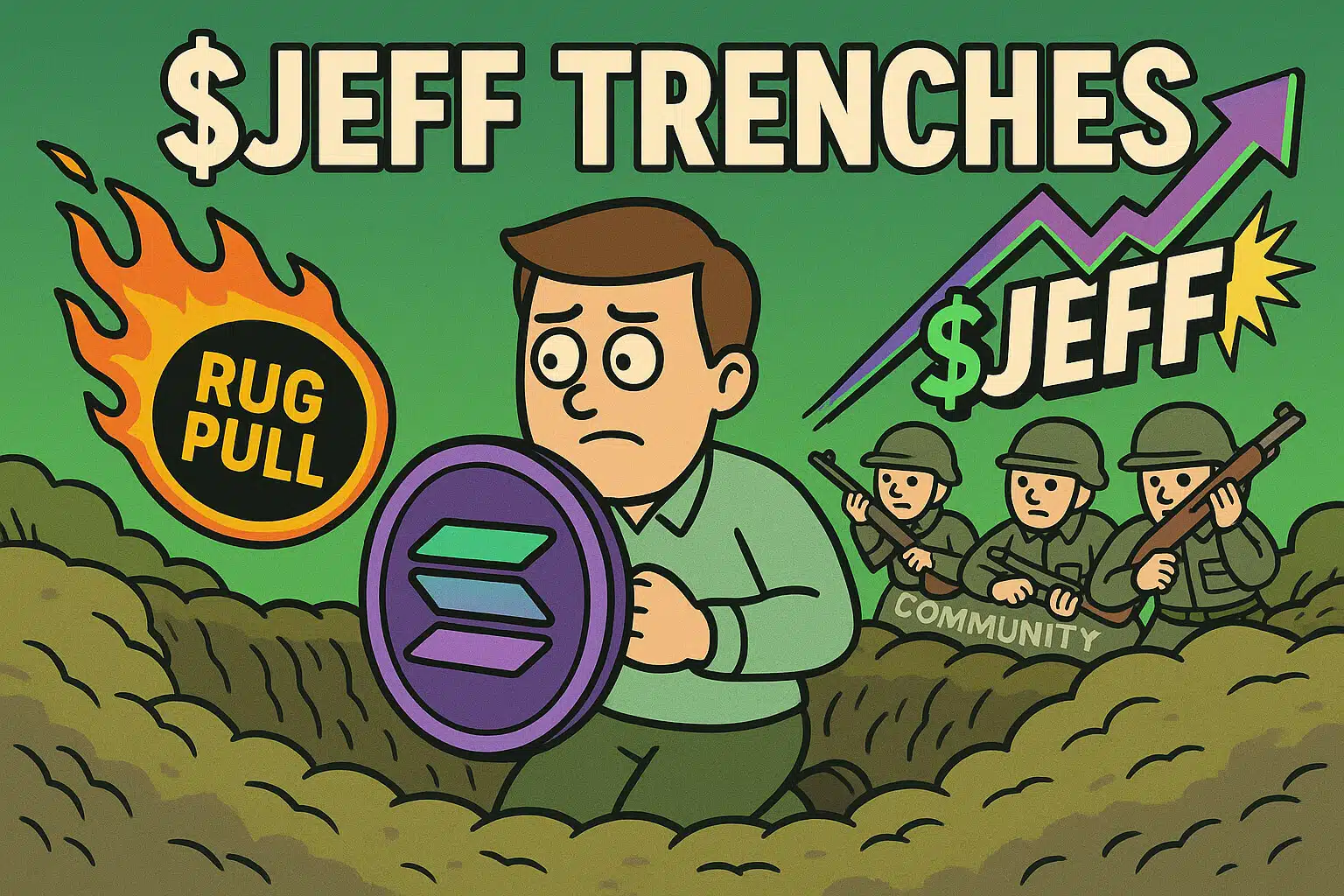The Future of Cross-Chain Interoperability: Exploring Key Projects and Protocols
Introduction
As the blockchain ecosystem continues to expand, the need for cross-chain interoperability becomes increasingly critical. With hundreds of blockchains operating independently, enabling seamless communication and interaction between these networks is essential for creating a more connected and efficient decentralized ecosystem. Cross-chain interoperability allows different blockchains to transfer assets, share data, and execute smart contracts across multiple platforms. This blog will explore the future of cross-chain interoperability, highlighting the key projects and protocols driving this innovation and shaping the decentralized landscape.
The Importance of Cross-Chain Interoperability
Blockchain technology has evolved rapidly, leading to the creation of numerous independent networks, each with its unique features and capabilities. However, the lack of interoperability between these blockchains presents several challenges:
- Isolated Ecosystems: Blockchains often operate in isolation, limiting their ability to interact with other networks. This isolation restricts the flow of assets and data across the blockchain ecosystem.
- Fragmentation: The absence of cross-chain communication leads to fragmentation, where different platforms and protocols cannot work together efficiently, resulting in a less cohesive decentralized landscape.
- Limited Scalability: Without interoperability, scaling decentralized applications (dApps) across multiple blockchains becomes challenging, hindering the growth and adoption of blockchain technology.
These challenges underscore the need for cross-chain interoperability solutions that can bridge the gaps between different blockchain networks, enabling a more integrated and scalable ecosystem.
How Cross-Chain Interoperability Works
Cross-chain interoperability allows different blockchains to communicate and share resources without relying on centralized intermediaries. Several approaches and technologies are being developed to achieve this goal:
1. Atomic Swaps
Atomic swaps enable the exchange of one cryptocurrency for another directly between users, without the need for a third party. This technology allows for trustless, peer-to-peer trading across different blockchains.
How It Works:
- Hash Time-Locked Contracts (HTLCs): Atomic swaps use HTLCs to ensure that the exchange between two parties is either completed successfully or not at all. This mechanism eliminates the risk of one party defaulting on the trade.
- Cross-Chain Transfers: Atomic swaps facilitate cross-chain transfers by enabling users to swap assets between different blockchains seamlessly. This technology is crucial for enhancing liquidity and interoperability in the blockchain ecosystem.
Atomic swaps are one of the foundational technologies driving cross-chain interoperability, allowing users to trade assets across multiple blockchains securely. To learn more about how blockchain enables secure transactions, check out our blog on The Role of Blockchain in Enhancing Cybersecurity.
2. Cross-Chain Bridges
Cross-chain bridges are protocols that connect different blockchains, allowing them to transfer assets, data, and smart contracts. These bridges are essential for enabling interoperability between blockchain networks that operate on different protocols.
How It Works:
- Wrapped Assets: Cross-chain bridges often use wrapped assets, which are tokenized versions of an asset on one blockchain that can be used on another. For example, wrapped Bitcoin (WBTC) is a tokenized version of Bitcoin that can be used on the Ethereum blockchain.
- Interoperability Solutions: Cross-chain bridges enable dApps to operate across multiple blockchains, increasing their reach and functionality. These solutions are critical for creating a more connected and versatile decentralized ecosystem.
Cross-chain bridges play a pivotal role in the future of interoperability by enabling seamless communication and resource sharing between different blockchains. For insights into how blockchain is creating interconnected systems, visit our blog on The Impact of Blockchain on Supply Chain Transparency.
3. Interoperability Protocols
Interoperability protocols are designed to facilitate communication and interaction between different blockchain networks. These protocols standardize the way blockchains communicate, making it easier for developers to create cross-chain applications.
How It Works:
- Standardized Communication: Interoperability protocols define a set of standards and rules for how blockchains can exchange information and assets. This standardization simplifies the development of cross-chain dApps.
- Cross-Chain Functionality: By using interoperability protocols, developers can build dApps that operate across multiple blockchains, enhancing their scalability and usability. This functionality is essential for the growth of the multi-chain ecosystem.
Interoperability protocols are at the forefront of cross-chain innovation, driving the development of applications that can operate seamlessly across different blockchain networks. To explore more about how blockchain is shaping future technologies, read our post on The Future of Blockchain in the Internet of Things (IoT).

Key Projects Driving Cross-Chain Interoperability
Several projects and protocols are leading the charge in developing cross-chain interoperability solutions. These initiatives are paving the way for a more connected and efficient blockchain ecosystem:
1. Polkadot: Connecting Multiple Blockchains
Polkadot is a multi-chain platform that enables different blockchains to communicate and share resources. Its unique architecture allows multiple blockchains, known as parachains, to operate in parallel and exchange information through the Polkadot Relay Chain. Polkadot’s interoperability model is designed to enhance scalability and security across connected blockchains.
2. Cosmos: The Internet of Blockchains
Cosmos is a decentralized network of independent blockchains, known as zones, that are connected through the Cosmos Hub. The Inter-Blockchain Communication (IBC) protocol, developed by Cosmos, enables these blockchains to transfer assets and data seamlessly. Cosmos aims to create an internet of blockchains, where different networks can interact and collaborate efficiently.
3. Chainlink: Decentralized Oracles for Cross-Chain Communication
Chainlink is a decentralized oracle network that provides real-world data to smart contracts on various blockchains. Chainlink’s Cross-Chain Interoperability Protocol (CCIP) enables smart contracts to interact with multiple blockchains, facilitating the development of cross-chain applications. Chainlink’s oracles play a crucial role in bridging the gap between different blockchain ecosystems.
These projects are at the forefront of cross-chain interoperability, driving innovation and creating new possibilities for the blockchain ecosystem. For more on blockchain’s transformative impact across industries, check out our blog on How Blockchain Is Revolutionizing the Real Estate Industry.
The Future of Cross-Chain Interoperability
As blockchain technology continues to evolve, the importance of cross-chain interoperability will only increase. The demand for multi-chain solutions is expected to grow, driven by the need for more scalable, secure, and connected decentralized applications. Additionally, as more projects and protocols focus on interoperability, we can expect to see greater collaboration and standardization across the blockchain ecosystem.
In the future, cross-chain interoperability could become the norm, enabling a seamless flow of assets, data, and smart contracts across multiple blockchains. This evolution will not only enhance the functionality of dApps but also contribute to the growth and maturity of the entire blockchain industry.
Conclusion
Cross-chain interoperability is a critical component of the future of blockchain technology. By enabling seamless communication and interaction between different blockchains, interoperability solutions are breaking down the barriers that have long fragmented the blockchain ecosystem. As projects like Polkadot, Cosmos, and Chainlink continue to drive innovation, the vision of a fully interoperable multi-chain ecosystem is becoming a reality.
FAQs
1. What is cross-chain interoperability in blockchain?
Cross-chain interoperability refers to the ability of different blockchain networks to communicate, share data, and transfer assets seamlessly without relying on centralized intermediaries.
2. Why is cross-chain interoperability important?
Cross-chain interoperability is important because it enables different blockchains to work together, enhancing scalability, liquidity, and the overall functionality of the blockchain ecosystem.
3. Which projects are leading the development of cross-chain interoperability?
Projects like Polkadot, Cosmos, and Chainlink are at the forefront of cross-chain interoperability, developing solutions that connect multiple blockchains and facilitate seamless communication.
4. How do cross-chain bridges work?
Cross-chain bridges connect different blockchains by enabling the transfer of assets, data, and smart contracts between them. They often use wrapped assets and interoperability solutions to facilitate these transfers.
For more insights and detailed guides on cryptocurrency, visit our Crypto Guides Section.
Stay Updated
For the latest updates on cryptocurrency trends and news, follow us on:
- Twitter: https://twitter.com/FreeCoins24
- Telegram: https://t.me/freecoins24
Stay informed with the latest strategies and insights in the world of cryptocurrency at FreeCoins24.io.
Special Offer
For an enhanced trading experience, consider Bybit. Sign up through our referral link to unlock exclusive rewards, including up to $30,000 in deposit bonuses, and elevate your trading journey.

















